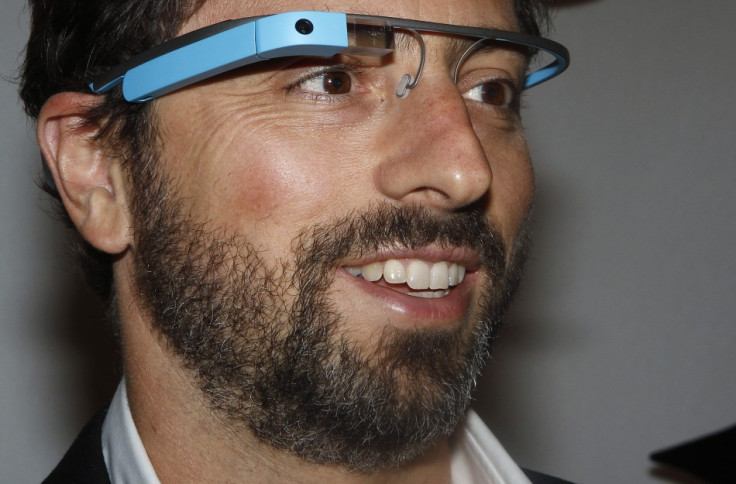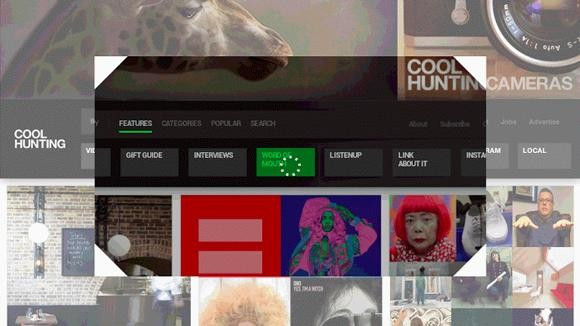Google Glass Updated With Head-Controlled Web Browser
Google brings a full web browser to Glass as part of the head-worn gadget's monthly update, along with more voice commands and the ability to call and message friends more easily.

Previously, Glass could run Google searches and return answers, but it was not possible to delve any further into the websites the search results came from.
Now though, users can tap into websites, which are displayed as they would be on a tablet or conventional computer screen, with scrolling, clicking and zooming controlled by Glass's touch panel and head movements.
To scroll down a webpage the user must slide their finger forward on Glass's touchpad, which is located by your right temple. Zooming is done by sliding two fingers forwards or backwards.
To look around a page, the user must press two fingers against the touchpad and move their head in the direction they want to pan. As there's no way of controlling a mouse pointer with Glass, Google has made the display so that the centre of a webpage is defined by a border similar to the viewfinder of a camera.
Once you have zoomed, scrolled and panned so that a link is in the middle of this area, you tap the touchpad to click. The process sounds difficult to perform quickly and accurately, so we'll be interested to see how the web browser is received by Glass developers.

Also included in the July update are additions to Glass's handsfree functionality. Users can now use voice commands to read out received text messages by saying "ok glass, read aloud," and calls can be answered with "ok glass, answer call."
Finally, there is now deeper Gmail contacts integration with Glass, so you can call up or send a message to anyone in your 'My contacts' address book.
Developers already working with the 1,000-or-so Glasses currently in use will receive the update shortly and it will be automatically downloaded and installed.
Previously monthly updates have seen Glass gain improved photo-taking abilities, and Google+ support.
IBTimes UK had some hands-on time with Google Glass earlier this year, and while we found the hardware to be impressive for what is essentially a prototype, we struggled to see the device appealing to the mass market in the same way smartphones and tablets do.
With a release date pegged for early next year, Google has some time to refine, update and improve on what is undoubtedly the most intriguing gadget of the year.
© Copyright IBTimes 2025. All rights reserved.






















